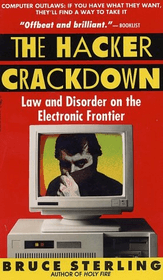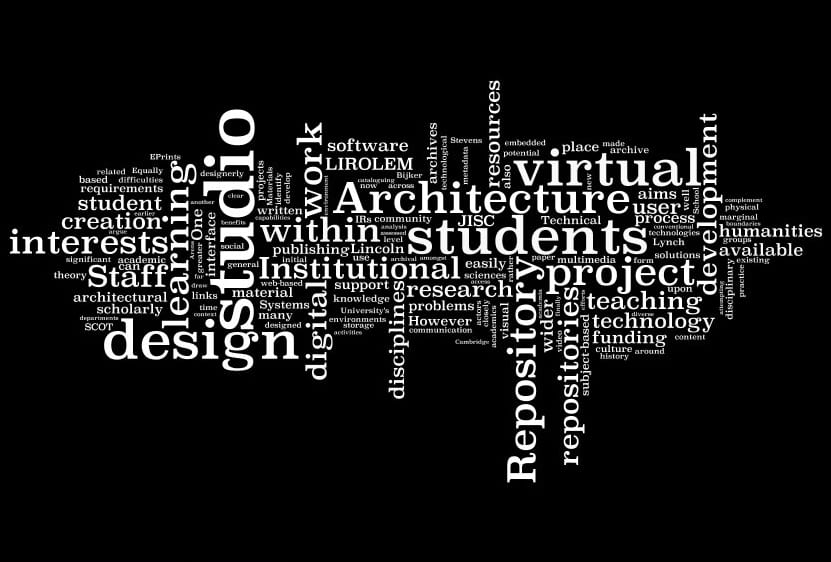A press release from the University of Leicester last week, summarises the findings so far of a research project which “focuses on how pre-registration engagement with the University of Leicester Facebook network influences students’ post-registration social networks and their understanding of the University.” They’ve found that “a high proportion of freshers use the internet to smooth the settling-in process.” No real surprise there, but these kind of studies are important, not only to better understand the student experience, but also better understand how the Internet and social networking in particular, is affecting social relations in general.
A survey of 221 first year students conducted between April and June this year found that more than half (55 per cent) had joined Facebook to make new friends prior to entering university, while a further 43 per cent joined immediately after starting university. Nearly three quarters said Facebook had played an important part in helping them to settle in at university.
So within the first few weeks of joining university, 98% of students (who responded) were using Facebook to some extent. The way the quote above is worded doesn’t make it entirely clear whether 55% of students joined Facebook to make new university friends or socialise with existing friends and meet new friends in general. Later in the press release they say that “59% of respondents considered that the way that they used Facebook had changed since they came to University.” So we know that at least 59% of individuals were using Facebook prior to entering university. They quote some respondent’s motivations for joining Facebook:
- To meet people before coming to university and because most of my friends at home used it.
- Because my friends all had it and one of them told me that it was a good way to meet people going to the same uni as me.
- To hopefully get into contact with people who were living in my building or were on my course through facebook groups. I hoped that knowing these people before I got there would give me a head start at uni.
- To keep in touch with friends and for a bit of fun. Also to see if I could find anyone going to Leicester Uni living in my halls.
I suspect that the 55% is a mix of some people consciously joining with university in mind and others who were using Facebook regardless of entering university. Still, university life clearly accounts for a lot of Facebook registrations and an even greater amount of Facebook activity.
Over a third of respondents also said they used Facebook to discuss academic work with other students on a weekly basis, and more than half responded positively to the idea of using Facebook for more formal teaching and learning – although only 7 per cent had actually done so. Many suggested ways in which Facebook could be used, such as providing social support for students in departments and informing students about changing lecture times.
This is good to read and follows JISC’s In Their Own Words report about the move to increased learner autonomy.
But the survey also found that 41 per cent of students were against being contacted directly by tutors via Facebook. A report on the preliminary findings warns that the university will need to tread carefully if it wants to use Facebook to communicate with students for administrative or teaching and learning purposes.
So “more than half” of students welcome using Facebook for teaching and learning and 41% were against it? Or is that “more than half” of “over third of respondents” welcome the use of Facebook for teaching and learning? Again, not entirely clear to me, but I imagine it’s the former and that attitudes are going to shift even further in that direction over time.
My own experience is that the longer and more extensively I’ve used services like Facebook (in fact, the Internet in general), the fewer walls I construct to protect the normal divisions in my life. Not only is it too difficult to maintain separate identities on Facebook, but the boundaries between work, leisure, education and our private lives are far less distinct than they would otherwise be. You only have to look at the number of family photos on Flickr, the number of work related Facebook networks and the amount of discussion occuring online where people use their same identity for both work-related discussion and non-work-related discussion to see that walls are falling rather than being constructed through the use of the Internet.



